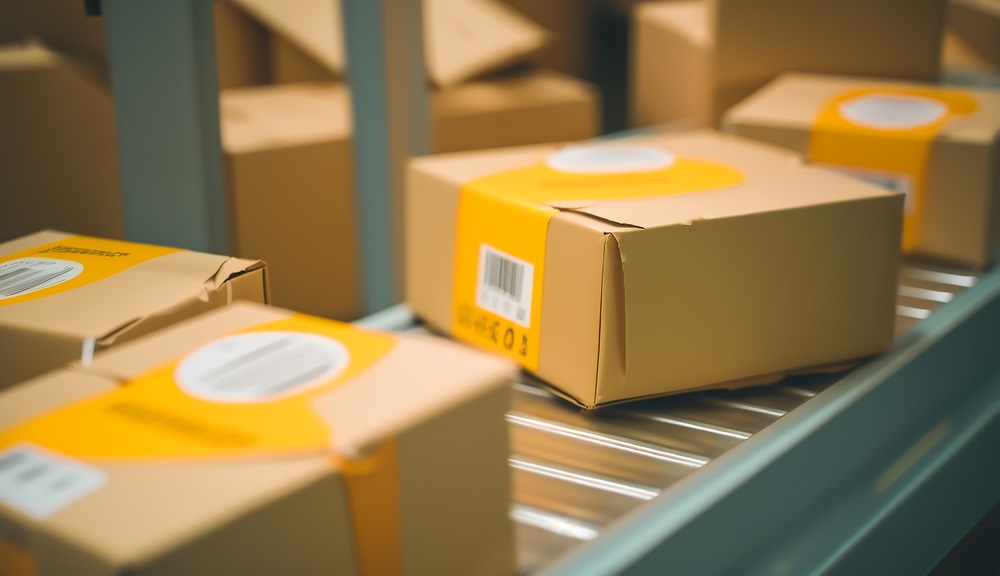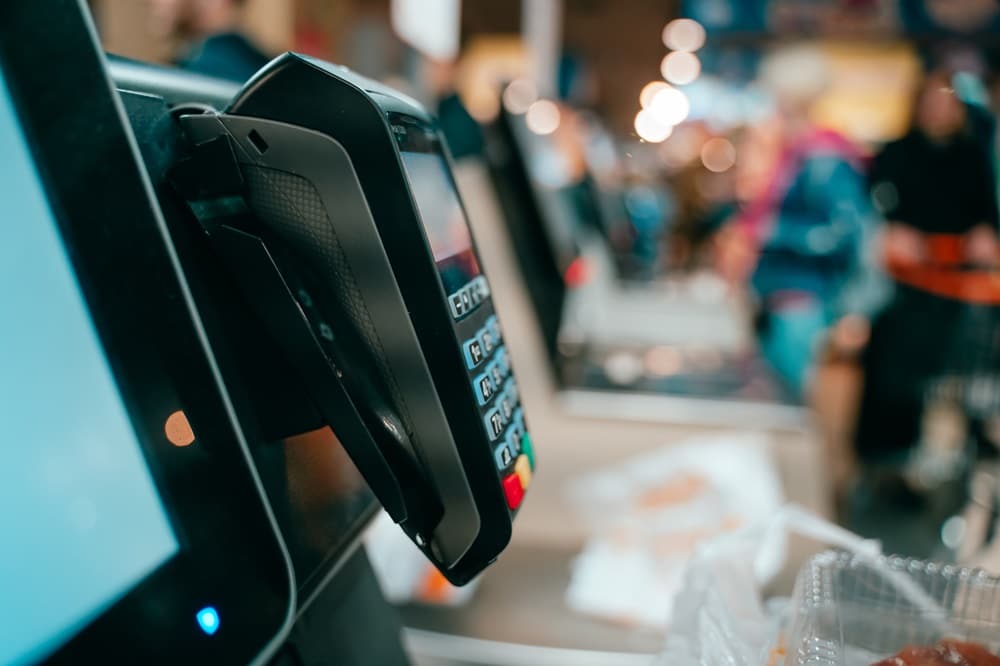Reverse logistics, a segment often overlooked in the traditional supply chain, has emerged as a critical element in enhancing customer satisfaction and fostering long-term loyalty. But what exactly is reverse logistics, and how does it intersect with customer satisfaction and loyalty?
In this blog, we will read about the integral role of reverse logistics in customer satisfaction and loyalty. We will explore how an effective reverse logistics framework can transform a potential negative experience, such as returning a product, into a positive one, thereby reinforcing customer trust and commitment to the brand. Let’s get started!
Understanding Reverse Logistics
The concept of reverse logistics has become increasingly important. Unlike traditional logistics, which focuses on the flow of products from manufacturers to consumers, reverse logistics deals with the process of moving goods from their typical final destination for the purpose of capturing value or proper disposal. Essentially, it encompasses activities such as returns, refurbishment, remanufacturing, and recycling.
The reverse logistics process involves several steps: return policy management, the physical return of goods, inspection and disposition, and the final reintroduction of the products into the inventory or disposal. This complex process is not just about handling returns; it’s about creating a system that minimizes waste, reduces costs, and improves customer satisfaction.
The importance of reverse logistics has surged due to factors such as the rise of e-commerce, environmental concerns, and changing consumer expectations. Online shopping has led to an increase in product returns, making efficient reverse logistics systems crucial for maintaining profitability and customer satisfaction. Additionally, consumers are becoming more environmentally conscious, expecting companies to adopt sustainable practices. An efficient reverse logistics system can help meet these expectations by reducing waste and promoting the reuse and recycling of products.
The 4 Rs of Recovery Strategies in Reverse Logistics
In reverse logistics, adopting effective recovery strategies is pivotal for sustainability and efficiency. These strategies, commonly known as the “4 Rs,” offer businesses a framework to manage returned or end-of-life products responsibly and profitably. Understanding and implementing these strategies can greatly enhance a company’s reverse logistics operations.
1. Reuse
This strategy involves the direct reuse of products or components without any significant alterations. Reuse extends the lifecycle of products, thereby reducing waste and saving resources. Businesses can implement reuse by reselling returned items in secondary markets or by repurposing them within their operations. This approach not only conserves resources but also captures residual value from returned items.
2. Repair
Repair involves fixing defective or damaged products and restoring them to their original condition. This process can range from simple fixes to more complex restorations. By repairing products, companies can maintain their value and extend their usability, which in turn reduces the need for new products and minimizes waste. Offering repair services can also enhance customer loyalty by providing additional value and support after the sale.
3. Remanufacturing
Remanufacturing takes recovery a step further by disassembling and rebuilding products to meet or exceed original specifications. This process often involves replacing worn-out or obsolete components with new ones. Remanufactured products typically come with warranties similar to new items, offering consumers a cost-effective, environmentally friendly alternative. For companies, remanufacturing can lead to significant cost savings and resource efficiencies compared to manufacturing new products.
4. Recycling
Recycling involves breaking down products into their raw materials and transforming them into new products. This strategy reduces the demand for virgin resources, lowers environmental impact, and supports the transition to a circular economy. While recycling is generally the last option after the other Rs have been considered, it plays a crucial role in waste reduction and resource conservation.
The Role of Reverse Supply Chain in Enhancing Customer Experience
The reverse supply chain is integral to the overarching strategy of customer satisfaction and loyalty. This component of reverse logistics focuses on the journey of returned products back through the supply chain, aiming not only for efficient returns but also for reducing waste and recovering value. The role of the reverse supply chain in enhancing customer experience is multifaceted and crucial for sustaining long-term customer relationships.
Firstly, an efficient reverse supply chain reduces waste and ensures that products are appropriately recycled, refurbished, or disposed of, which contributes to environmental sustainability. Modern consumers are increasingly aware of and concerned about environmental issues. A company that demonstrates commitment to sustainability through its reverse supply chain practices can significantly boost its image and appeal to eco-conscious customers, thereby enhancing their overall experience and satisfaction with the brand.
The reverse supply chain plays a critical role in managing inventory and ensuring that refurbished or resold items meet quality standards. By efficiently processing returns and reintroducing compliant products into the inventory, companies can maintain a balance between supply and demand, avoid overstock, and reduce costs. This efficiency can lead to more competitive pricing and higher quality products, directly impacting customer satisfaction and experience.
Transparency within the reverse supply chain is also crucial for enhancing the customer experience. By providing customers with visibility into the status of their returns and the lifecycle of returned products, companies can build trust and credibility. Customers value transparency, particularly when it comes to understanding how their returned products are handled and the environmental impact of their decisions. Companies that communicate openly about their reverse supply chain practices demonstrate accountability and respect for customer values, which can significantly enhance customer loyalty and retention.
Furthermore, the data gathered from the reverse supply chain can provide invaluable insights into customer behavior, product issues, and market trends. This data allows companies to make informed decisions, improve product design, address common customer complaints, and tailor their services to meet customer needs more effectively. By leveraging this data to improve the customer experience, companies can foster a sense of being understood and valued among their customers.
Finally, the integration of reverse logistics and the reverse supply chain into the overall customer service strategy ensures a seamless experience for the customer. From the point of sale to the return and beyond, customers should feel supported and valued. An integrated approach ensures consistency in service and communication, further enhancing customer satisfaction and loyalty.
Reverse Logistics Solutions and Best Practices
The complexity of reverse logistics requires strategic planning and implementation of effective solutions. Businesses aiming to enhance customer satisfaction through efficient reverse logistics can adopt several best practices and technological solutions. This section outlines these strategies, emphasizing their role in improving the reverse logistics process and overall customer experience.
Implementing Technology for Efficiency
Advanced technology plays a crucial role in streamlining the reverse logistics process. Implementing a robust logistics management system can automate returns, track products in real-time, and provide analytics to identify bottlenecks and improve processes. Technologies such as RFID (Radio-Frequency Identification) and barcode scanning can expedite product sorting and condition assessment, reducing turnaround times and enhancing customer satisfaction.
Clear and Concise Return Policies
A clear, concise, and easily accessible return policy is the cornerstone of a successful reverse logistics strategy. Customers should find it easy to understand and follow the return procedures. Transparent policies that outline the terms and conditions, return period, and refund process reduce customer confusion and enhance trust in the brand.
Simplified Return Process for Customers
Businesses should strive to make the return process as simple as possible for customers. This could include providing prepaid return labels, multiple return options (such as in-store or via mail), and step-by-step instructions. A hassle-free return process can significantly enhance the customer experience and contribute to repeat business.
Quality Control and Product Refurbishment
Upon receiving returned items, conducting thorough quality control checks is essential. Depending on the product condition, items can be refurbished, resold, recycled, or disposed of responsibly. This not only ensures that products re-entering the market meet quality standards but also supports sustainability efforts.
Effective Communication and Feedback Loops
Maintaining open lines of communication with customers throughout the return process is crucial. Providing updates about return status, expected refund times, and any issues can help manage expectations and reduce customer anxiety. Additionally, soliciting feedback from customers about their return experience can provide valuable insights for improving reverse logistics processes.
Training and Empowering Employees
Employees should be well-trained in the reverse logistics process and empowered to make decisions that enhance customer satisfaction. Knowledgeable and empowered staff can address customer concerns more effectively, leading to better service and a positive brand image.
Analyzing Data for Continuous Improvement: Collecting and analyzing data from the reverse logistics process can provide insights into common return reasons, customer behavior, and process inefficiencies. This data can drive improvements, helping to reduce return rates and enhance customer satisfaction.
To learn how AI and machine learning are transforming the way that businesses manage warranties, read this.
Conclusion
Throughout this blog about reverse logistics and its multifaceted role in customer satisfaction and loyalty, we’ve uncovered the critical components that make it not just a need but a strategic asset in the contemporary business horizon. The efficient handling of reverse logistics, from the return policies to the intricate processes of the reverse supply chain, significantly impacts a customer’s experience and perception of a brand. The size of the worldwide reverse logistics market is expanding rapidly these days. Its valuation was $840.7 billion in 2021, and between 2022 and 2028, it is projected to increase at a staggering compound annual growth rate of 12.4%!
We’ve seen how clear, customer-friendly return policies and processes can alleviate the anxiety associated with purchasing decisions, thereby enhancing customer satisfaction and fostering a sense of trust. This trust, built on the foundation of positive return experiences and reinforced by efficient reverse logistics solutions, can evolve into lasting customer loyalty. Companies that prioritize and continually refine their reverse logistics processes are better positioned to build strong, enduring relationships with their customers.
About ServiceCentral
ServiceCentral Technologies, Inc. provides web-based reverse logistics, service, and repair management software solutions that enable companies to transform the after-sales service of products into a profit stream. ServiceCentral software is highly configurable and used to streamline workflows to track product returns, warranties, service, repairs & parts through the entire post-sales service chain.
The product suite is modular in nature and can be implemented anywhere service and repair activities occur, including repair depots, retail stores, service counters, authorized service centers, call centers, and online channels. Hosted and in-house installation options are scaled to serve businesses of all sizes. To learn more about our solutions, get in touch with us here.



